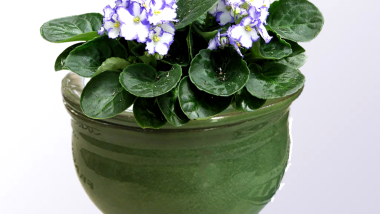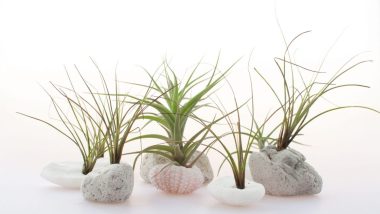Last updated on March 23rd, 2025 at 08:55 am
Sensitive Plant Care. Caring for a sensitive plant (Mimosa pudica) can be tricky but rewarding. Often called the “humble plant,” this species belongs to the Pea family and is known for its unique response to touch—its leaves fold up when disturbed. To keep it thriving, give it bright but indirect sunlight, well-draining soil, and consistent humidity. Be cautious with watering—avoid overwatering but don’t let the soil dry out completely. It thrives in warm temperatures, so keep it away from drafts or cold windows. With the right care, this fascinating plant can grow healthy and strong.The first time I came across this plant I was amazed by its ability to close its tiny leaves when I touched it. Wow …I exclaimed! Its leaves can also close if you move the plant around. It is a novelty-type houseplant.
Where to place it
It likes temperatures between 64° and 75° degrees Fahrenheit. Best to place it where there is bright light and some direct sunlight. Placing it where there is humidity is ideal but don’t forget the light. Outdoors is fine but should be underneath shady filtered light. Don’t forget to bring it indoors when late fall arrives as it does not like temperatures below 60° Fahrenheit.
Water and Fertilizer
You should use good potting soil for your sensitive plant. Keeping it moist but not soggy wet is good and best to feed it with a good 20-20-20 houseplant food. Liquid fertilizer is even better and should be done about once per month. Typically water about 2-3 times per week more often during the Southwest mid-summer heat.
Problems with the Sensitive plant
It is somewhat prone to spider mites and mealy bugs. At the first sign of these insects spray with a good insecticide. you can also use organic substitutes such as Neem oil or Insecticidal soaps. Touching too often will stress it out. Kids love this plant but again. too many touches and it will start to look bad.

Where is its native habitat?
South and Central America you can find out more over at Britannica website. It also produces a nice pink flower.
When a plant’s leaves start dropping, it’s often due to a spot that’s too cold or lacking light. Try moving it to a warmer location where it can get more sunlight, such as near a window that gets plenty of natural light during the day. Just make sure it’s not exposed to cold drafts or extreme temperature changes, as these can also stress the plant. Giving it the right environment can help the leaves stay healthy and prevent further loss.
A lot of people toss this plant out once it starts looking rough, but you don’t have to do that. If you cut it back in the fall and take care of it properly, it’ll usually grow back just fine by early spring. A little patience and attention can save you from getting rid of a plant that’s just going through its normal cycle.
Sensitive Toxic to Dogs and Cats
It’s not considered toxic, but if your pet eats too much of this plant, they might end up with an upset stomach. Eating large amounts can cause nausea, vomiting, or diarrhea, so it’s better to keep an eye on how much they get into.
Conclusion
Taking care of Mimosa pudica isn’t as tricky as it sounds. With a bit of attention and the right setup, you can keep this fascinating plant thriving. Give it proper light, water, and warmth, and you’ll have a happy, healthy Sensitive Plant. Why not start your care routine today and watch it flourish?
More houseplant ideas are available at Indoor House plant names.

Greenhouse Manager, Master Gardener, and Webmaster.
If you have any questions or enjoyed this post, feel free to share your thoughts in the comments below.



